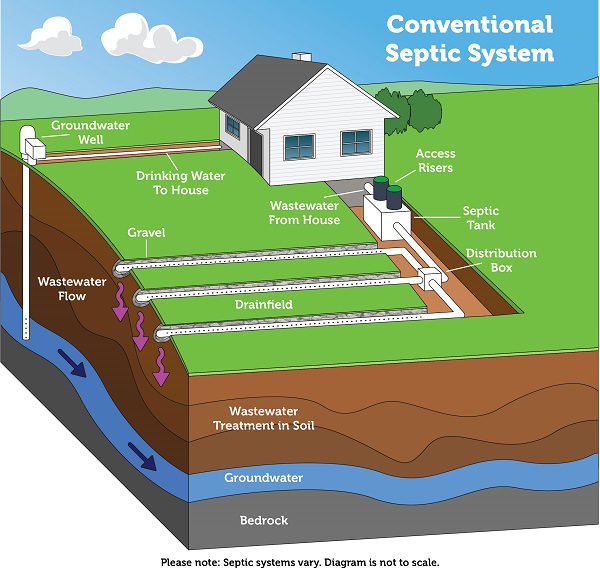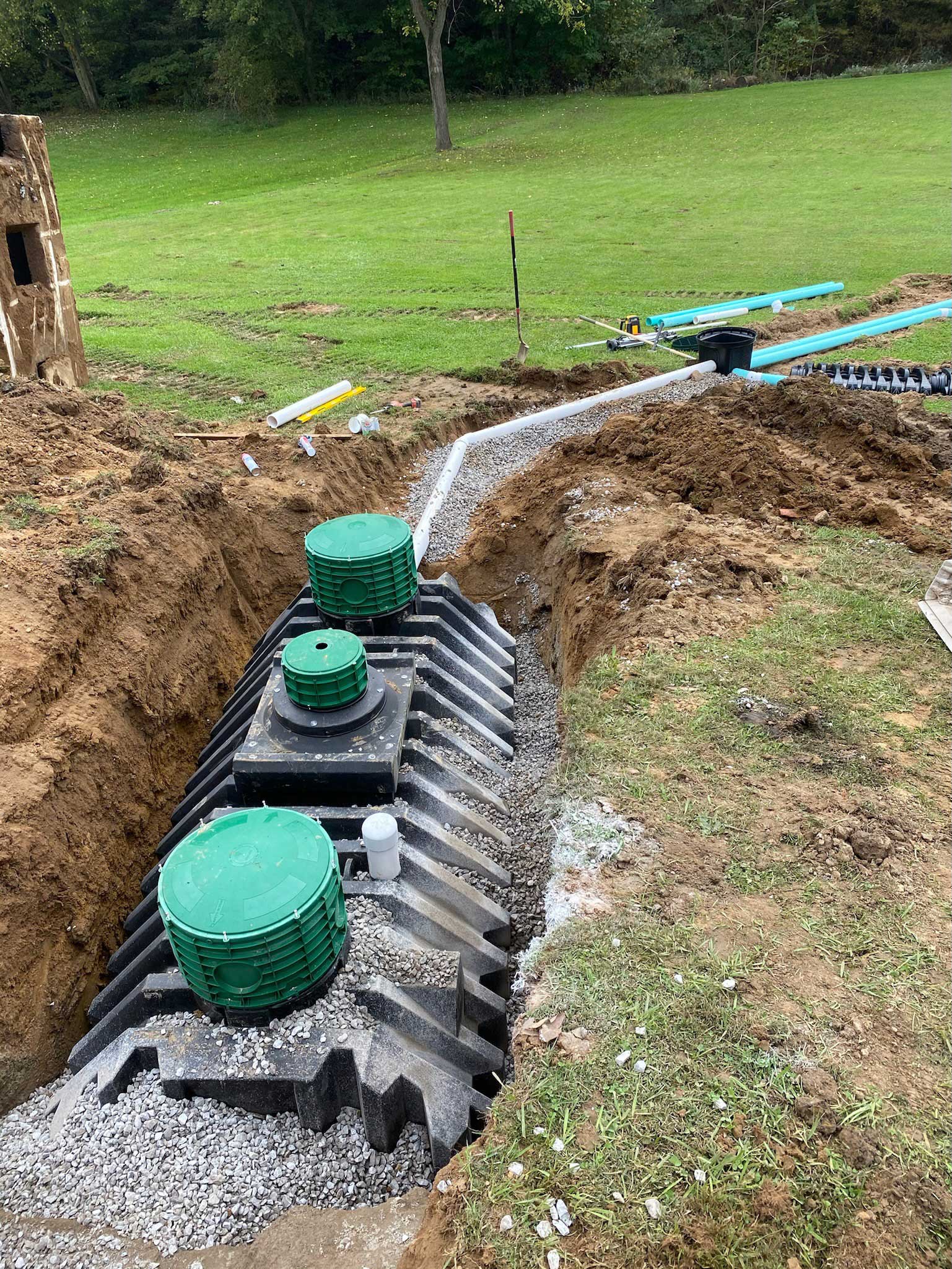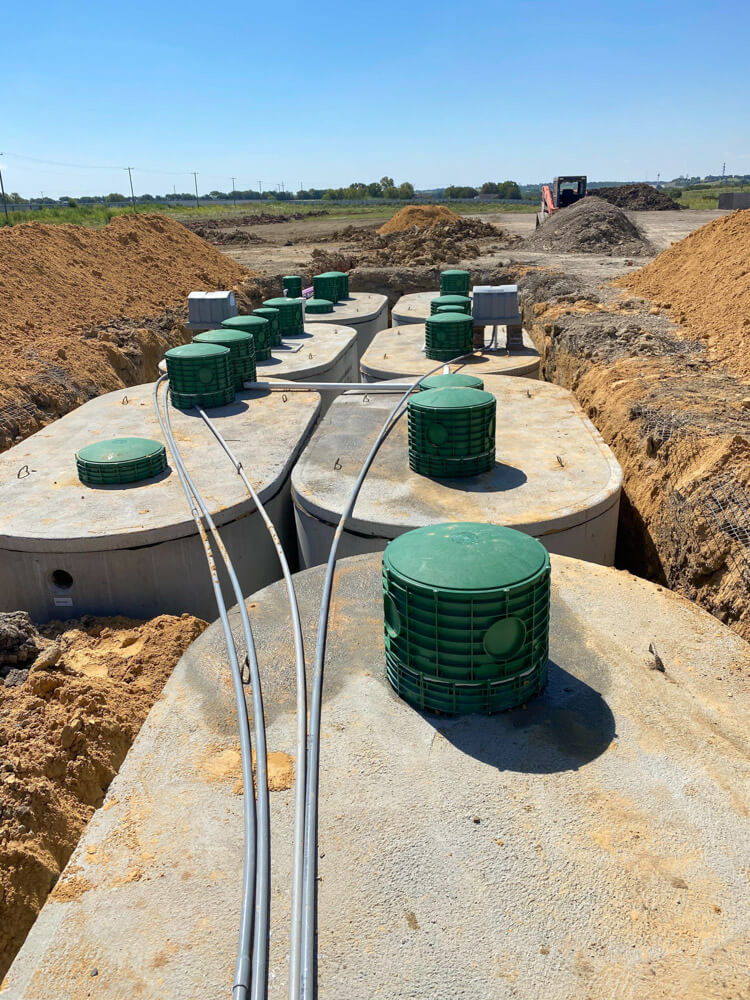Dependable Septic Installments for Residential Characteristics
When it comes to the essential facilities of domestic homes, trusted septic installments play an important duty in guaranteeing effective waste management systems. Understanding the ins and outs of septic installations, from choosing the proper system to the installation procedure and succeeding maintenance, is critical for home owners seeking a trustworthy and long lasting solution for their residential property's sewer needs.

Advantages of Trustworthy Septic Installations
Installing a trustworthy septic system not only guarantees reliable wastewater administration yet also advertises ecological sustainability and residential or commercial property value retention. By purchasing a properly designed septic tank, homeowners can significantly reduce the danger of groundwater contamination and surface area water pollution. Properly dealt with wastewater from septic systems can help shield local water sources and environments, adding to a much healthier atmosphere for both existing homeowners and future generations.

Furthermore, a reputable septic system can boost the total building worth. Potential purchasers are frequently ready to pay even more for a home with a properly maintained septic tank in location, as it signifies a dedication to property maintenance and environmental duty. This can provide property owners an one-upmanship in the realty market and make sure a better return on investment over time.
Choosing the Right Septic System
After acknowledging the benefits of reputable septic installments, the following vital step for homeowners is to very carefully pick the appropriate septic system that aligns with their residential property's certain needs and environmental factors to consider. When selecting a septic system, it is vital to take into consideration elements such as residential or commercial property dimension, soil kind, aquifer degree, and local guidelines.
For smaller residential properties or those with minimal room, a conventional septic system might appropriate. These systems contain a sewage-disposal tank and a drainpipe area and are reliable for residential or commercial properties with adequate soil leaks in the structure. In contrast, larger residential or commercial properties or areas with high water tables may call for more advanced systems like cardiovascular therapy systems or mound systems to ensure proper wastewater treatment.

It is additionally crucial to analyze the upkeep needs and long-lasting expenses related to different septic systems. Home owners need to think about factors such as pumping regularity, assessment demands, and potential repair services when making their decision. By very carefully reviewing these factors to consider, property owners can select a septic tank that not only satisfies their building's demands but also promotes environmental sustainability.
Factors to Take Into Consideration Before Installment
Prior to proceeding with the installment of a septic tank, extensive site analysis and soil testing are crucial actions to ensure optimum performance and durability of the system. Site analysis includes assessing variables such as the property's topography, distance to water resources, and the size of the building to establish one of the most appropriate area for the septic system. Dirt testing is vital to recognize the dirt structure and its capability to effectively treat and filter wastewater. The dirt's permeability, structure, and deepness play a significant duty in figuring out the kind and directory dimension of the septic system required. Furthermore, regional guidelines and permits need to be thought about prior to installment to ensure conformity with environmental and wellness criteria (septic installations lancaster oh). Assessing the home's water table level is likewise crucial, as a high water table can impact the system's efficiency. By meticulously considering these elements prior to setup, house owners can make certain a dependable and effective septic tank tailored to their residential or commercial property's certain requirements.

The Installment Process Explained
To begin the setup process of a septic tank for a property, the initial step entails careful excavation of the designated location adhering to the approved site plan. This excavation is important as it establishes the foundation for the entire septic system. Once the location is dug deep into to the needed depth and measurements, the following action is the installment of the septic tank. The septic storage tank is put in the ground, guaranteeing correct alignment and progressing. Following the tank installation, the drainpipe area pipes are outlined in trenches loaded with gravel to assist in appropriate drain. The pipes are after that covered with soil, enabling the effluent to gradually filter right into the bordering ground. After the installment is full, a final assessment is conducted to guarantee that the septic tank fulfills all laws and functions efficiently. Proper installment is crucial for the lasting performance see this website and performance of the septic system, guaranteeing a trusted wastewater treatment solution for the home.
Maintenance Tips for Longevity
Proper maintenance of the septic system is vital to ensure its long life and continued effective operation, complying with the precise setup procedure vital for homes. Routine pumping is vital to avoid solids from accumulating in the container and possibly obstructing the system. It is recommended to have the septic tank inspected and pumped every 3-5 years, depending upon house dimension and water usage. In addition, being conscious of what is flushed down the tubes can dramatically influence the health of the septic system. Stay clear of flushing non-biodegradable items, chemicals, oil, and excessive quantities of house cleaners, as these can interfere with the all-natural organic procedures within the tank. Conserving water use by taking care of leaks and expanding washing tons can also aid keep the balance within the system. Maintaining straight from the source a healthy drain field by avoiding from driving or developing over it, growing trees at a secure range, and staying clear of the usage of hefty equipment on the area can extend the general life expectancy of the septic system.
Conclusion
By picking the right septic system and taking into consideration important elements prior to installment, property owners can take pleasure in a convenient and durable service. The installation procedure ought to be carried out carefully, and routine maintenance is essential to lengthen the life expectancy of the septic system.